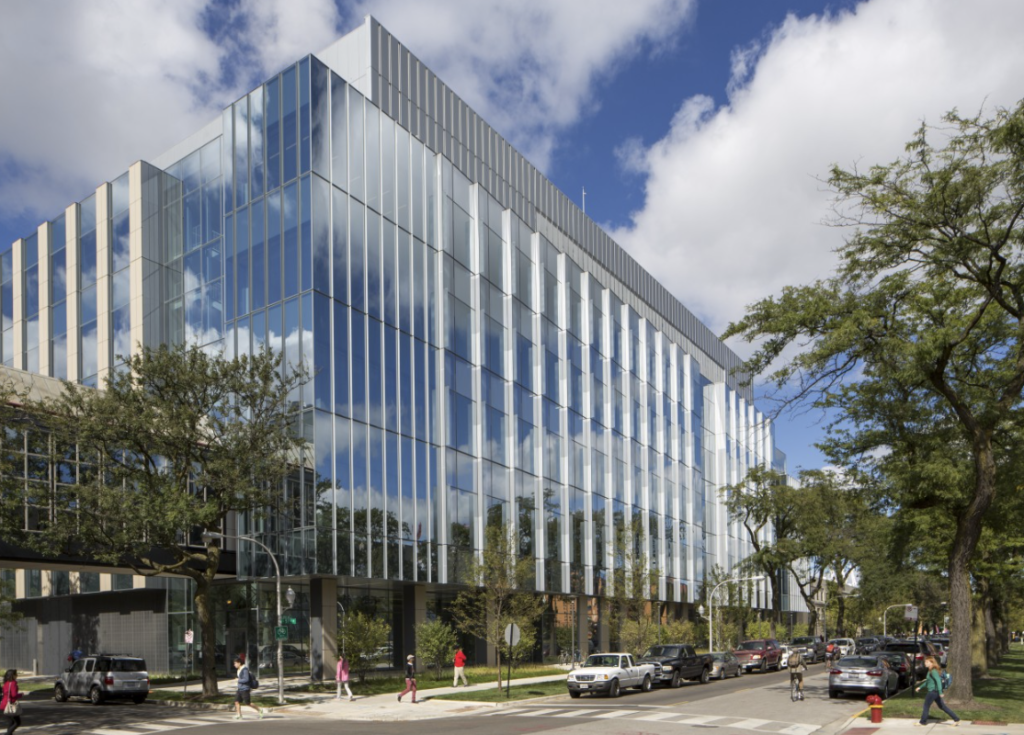
In a groundbreaking development, scientists at the University of Chicago’s Pritzker School of Molecular Engineering (PME) have introduced a cutting-edge vaccine that holds the potential to completely reverse autoimmune diseases such as multiple sclerosis, type 1 diabetes, and Crohn’s disease. Remarkably, this revolutionary “inverse vaccine” accomplishes this feat without compromising the overall immune system’s functionality.
Understanding the Conventional Vaccine vs. the “Inverse Vaccine”
Traditionally, vaccines serve the purpose of instructing the human immune system to identify viruses or bacteria as hostile entities to be combated. However, the innovative “inverse vaccine” operates on an entirely opposite principle: it erases the immune system’s memory of a specific molecule. While this memory erasure would be detrimental in the context of infectious diseases, it proves invaluable in halting autoimmune reactions witnessed in conditions like multiple sclerosis, type I diabetes, rheumatoid arthritis, or Crohn’s disease. In these ailments, the immune system erroneously targets and attacks the body’s healthy tissues.
The groundbreaking “inverse vaccine,” recently featured in Nature Biomedical Engineering, capitalizes on the liver’s natural mechanism for labeling molecules from decomposed cells with “do not attack” signals, thus preventing autoimmune responses towards naturally dying cells.
The Science Behind the Inverse Vaccine
Researchers at PME combined an antigen, a molecule under attack by the immune system, with a molecule resembling a fragment of an aged cell. The liver recognizes this mimic as a friend rather than a foe. This innovative pairing effectively demonstrated how the vaccine could halt the autoimmune reaction associated with diseases resembling multiple sclerosis.
According to Jeffrey Hubbell, the Eugene Bell Professor in Tissue Engineering and the lead author of this groundbreaking research, “In the past, we showed that we could use this approach to prevent autoimmunity. But what is so exciting about this work is that we have shown that we can treat diseases like multiple sclerosis after there is already ongoing inflammation, which is more useful in a real-world context.”
Suppressing an Immune Response
T cells are the immune system’s vigilant soldiers, responsible for identifying and eliminating unwanted cells and molecules, ranging from viruses and bacteria to cancerous cells. Once T cells launch an initial assault against an antigen, they retain a memory of the intruder to expedite future eradication.
However, T cells occasionally make mistakes by identifying healthy cells as foreign invaders. For instance, in individuals with Crohn’s disease, the immune system attacks cells in the small intestine, while in multiple sclerosis patients, T cells target myelin, the protective sheath surrounding nerves.
Researchers recognized that the body possesses a mechanism to ensure that immune reactions do not occur in response to every damaged cell, a phenomenon termed peripheral immune tolerance. This process occurs in the liver. Recent discoveries revealed that molecules tagged with a sugar known as N-acetylgalactosamine (pGal) could mimic this mechanism, sending molecules to the liver where tolerance develops.
Hubbell elucidates, “The idea is that we can attach any molecule we want to pGal, and it will teach the immune system to tolerate it. Rather than boosting immunity, as with a conventional vaccine, we can precisely dampen it using an inverse vaccine.”
Promising Results in Treating Multiple Sclerosis-Like Disease
The research team focused on a disease resembling multiple sclerosis, where the immune system targets myelin, resulting in weakness, numbness, vision loss, and eventually mobility impairment and paralysis. By connecting myelin proteins with pGal, the team tested the impact of the novel inverse vaccine. Remarkably, the immune system ceased its attack on myelin, enabling nerves to function properly and reversing disease symptoms in experimental animals.
In a series of additional experiments, scientists demonstrated that this approach effectively minimized ongoing immune reactions in various contexts.
Advancing Toward Clinical Trials
Presently, autoimmune diseases are primarily treated with broad-spectrum immunosuppressive drugs. While effective, these treatments often lead to significant side effects by suppressing the immune responses required to combat infections.
Jeffrey Hubbell observes, “These treatments can be very effective, but you’re also blocking the immune responses necessary to fight off infections, and so there are a lot of side effects.We could treat individuals with an inverse vaccine for more specificity and fewer side effects.”
Although further research is needed to evaluate Hubbell’s pGal compounds in human subjects, promising Phase I safety trials have already been conducted in individuals with celiac disease, an autoimmune condition associated with gluten consumption. Furthermore, ongoing Phase I safety trials are underway for multiple sclerosis, sponsored by the pharmaceutical company Anokion SA, a co-founder and consultant for Hubbell, who also holds equity in the company. The Alper Family Foundation has also played a pivotal role in funding this groundbreaking research.
While clinically approved inverse vaccines are not yet available, the potential of this technology is profoundly exciting, holding the promise of transforming the landscape of autoimmune disease treatment.